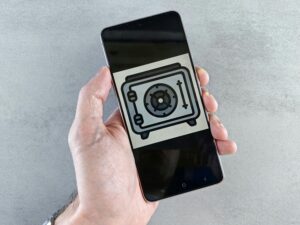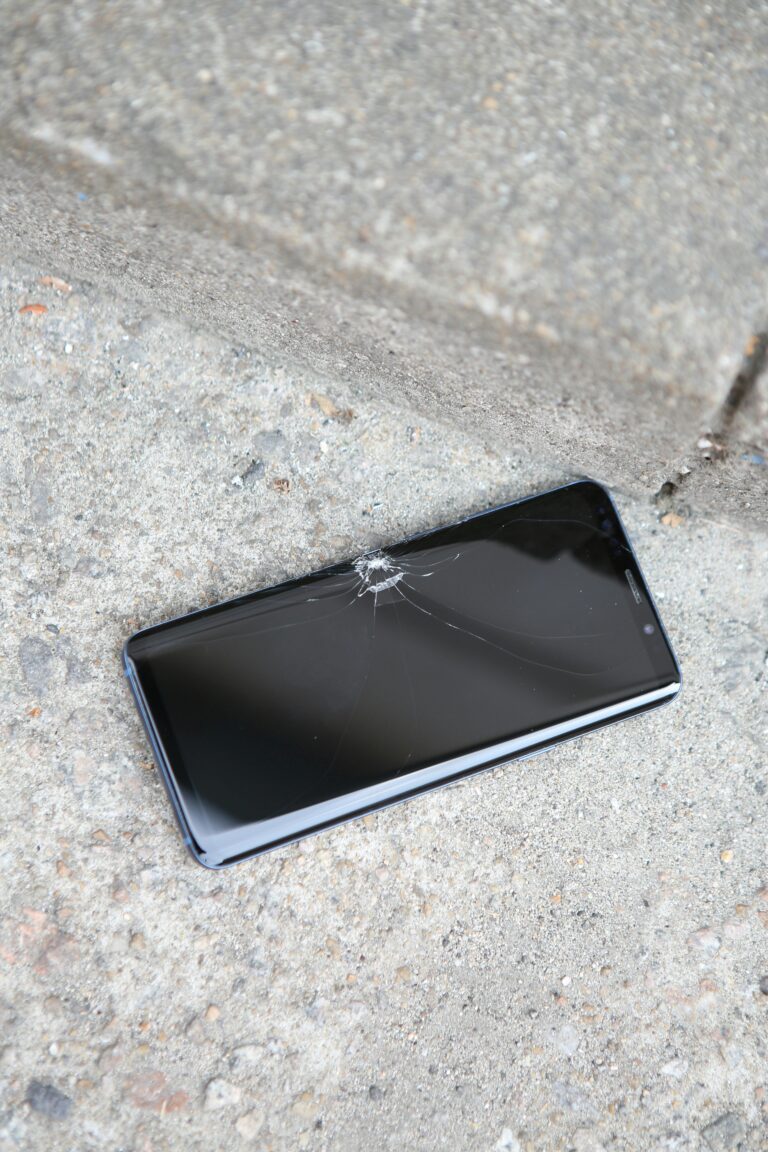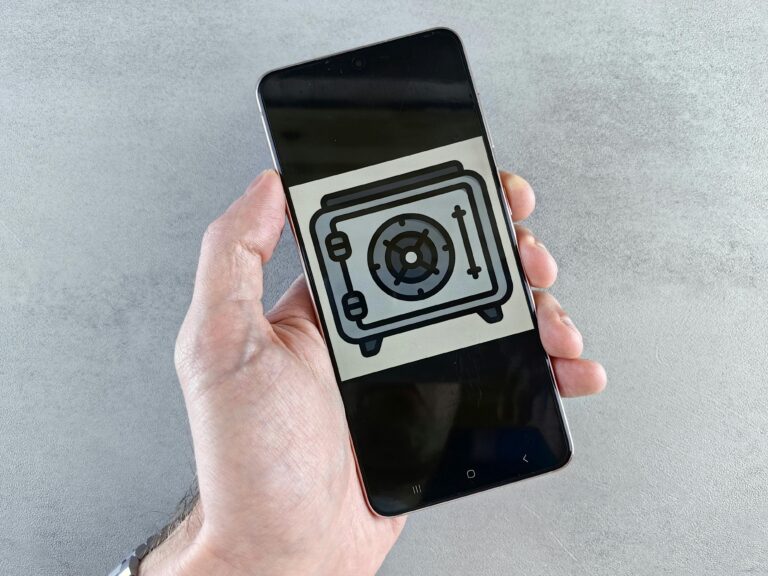That cozy café with free Wi-Fi might cost you more than a latte — because in 2025, public Wi-Fi is one of the biggest threats to your mobile privacy.
You connect, scroll, and sip — but in the background, your personal data could be intercepted, tracked, or even stolen.
Let’s expose what’s really happening when you use “free” internet on your phone.
🕳️ The Hidden Risks of Public Wi-Fi
In 2025, free Wi-Fi is everywhere — cafes, airports, malls, hotels, and even buses.
But here’s the problem: Most public networks are unencrypted and easily spoofed.
That means attackers (or even the Wi-Fi provider itself) can:
- 🕵️ Monitor your browsing in real time
- 📥 Steal logins or session cookies
- 📍 Track your device across multiple locations
- 🧠 Analyze your app traffic using AI-based tools
- 📡 Inject ads or malware directly into websites you visit
🔓 Mobile Apps Make It Worse
Even if you don’t open a browser, many apps send unencrypted data in the background. When connected to public Wi-Fi, these apps might:
- Sync sensitive data (like contacts or messages)
- Reveal device and location info
- Leak authentication tokens (yes, including for social media and banking)
Some free VPN apps, ironically, harvest your data under the pretense of protection.
⚠️ Real 2025 Case: “Ghost Wi-Fi” in Airports
Earlier this year, a malicious network called “FreeAirportNet” was discovered operating in five major airports across Europe and the US.
It mimicked legitimate Wi-Fi names and:
- Captured over 120,000 devices
- Installed tracking cookies through captive portals
- Intercepted login credentials from over 8,500 users
Worse? Most users never knew it happened.
📱 Are You Being Tracked Right Now?
If your phone has Wi-Fi enabled in public, it’s constantly “pinging” for known networks — like “Starbucks_WiFi” or “HomeNet.”
Hackers use this to:
- Trick your phone into connecting automatically
- Track your movements using MAC address sniffing
- Launch Man-in-the-Middle (MitM) attacks without you ever clicking anything
🔐 How to Stay Safe on Public Wi-Fi
1. Always Use a Trusted VPN
But not just any VPN — choose a provider that:
- Doesn’t log user data
- Offers DNS leak protection
- Supports automatic kill-switching
Recommended:
- Mullvad
- Proton VPN
- IVPN
2. Turn Off Auto-Connect
Disable automatic Wi-Fi connection for known networks. On iOS and Android:
- Go to Wi-Fi settings
- Tap network > Forget / Disable Auto-Join
3. Use HTTPS Everywhere
Even if a website says “secure,” use plugins or browsers that force encrypted connections (Brave, Firefox with HTTPS-Only mode).
4. Use Mobile Data When Possible
Your mobile data connection is encrypted and much safer than open Wi-Fi — especially for banking or messaging.
5. Turn Off Wi-Fi When You Don’t Need It
Not just for safety — but also to avoid unnecessary background syncing.
🧠 Pro Tip: Monitor Wi-Fi Permissions Per App
On Android and iOS:
- Go to Settings > App Permissions > Wi-Fi access
- Revoke unnecessary access (e.g., games or camera apps that don’t need Wi-Fi)
This reduces your background risk, even when connected.
🎯 Final Thought: Free Wi-Fi Isn’t Free
Every time you connect to public Wi-Fi without protection, you’re offering up your personal data on a silver platter — and in 2025, that data is more valuable than ever.
Take 2 minutes before you connect and ask:
Is this network real?
Do I need to access sensitive apps right now?
Am I using the tools to protect myself?
Because in today’s hyper-connected world, privacy isn’t automatic — it’s a choice.












